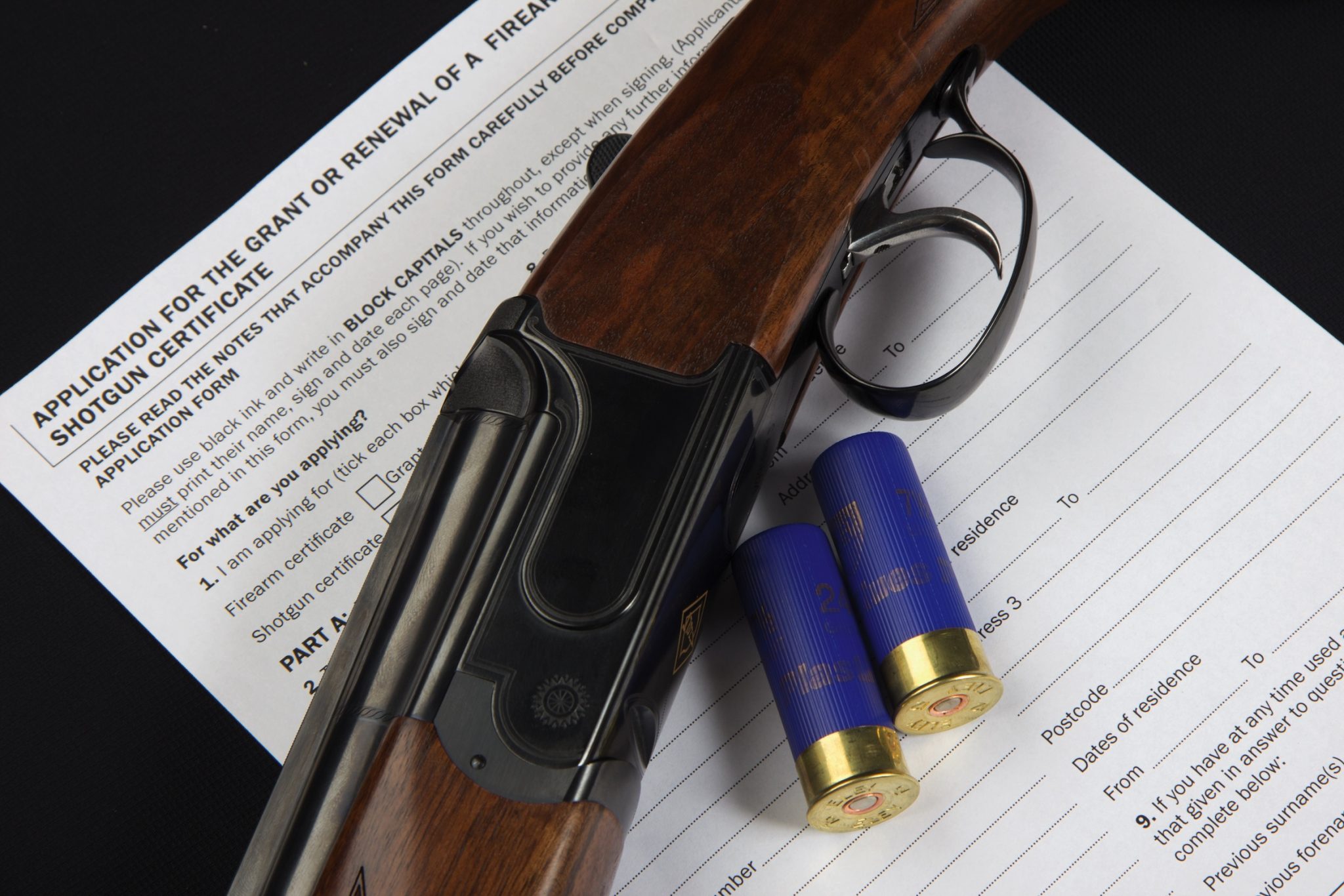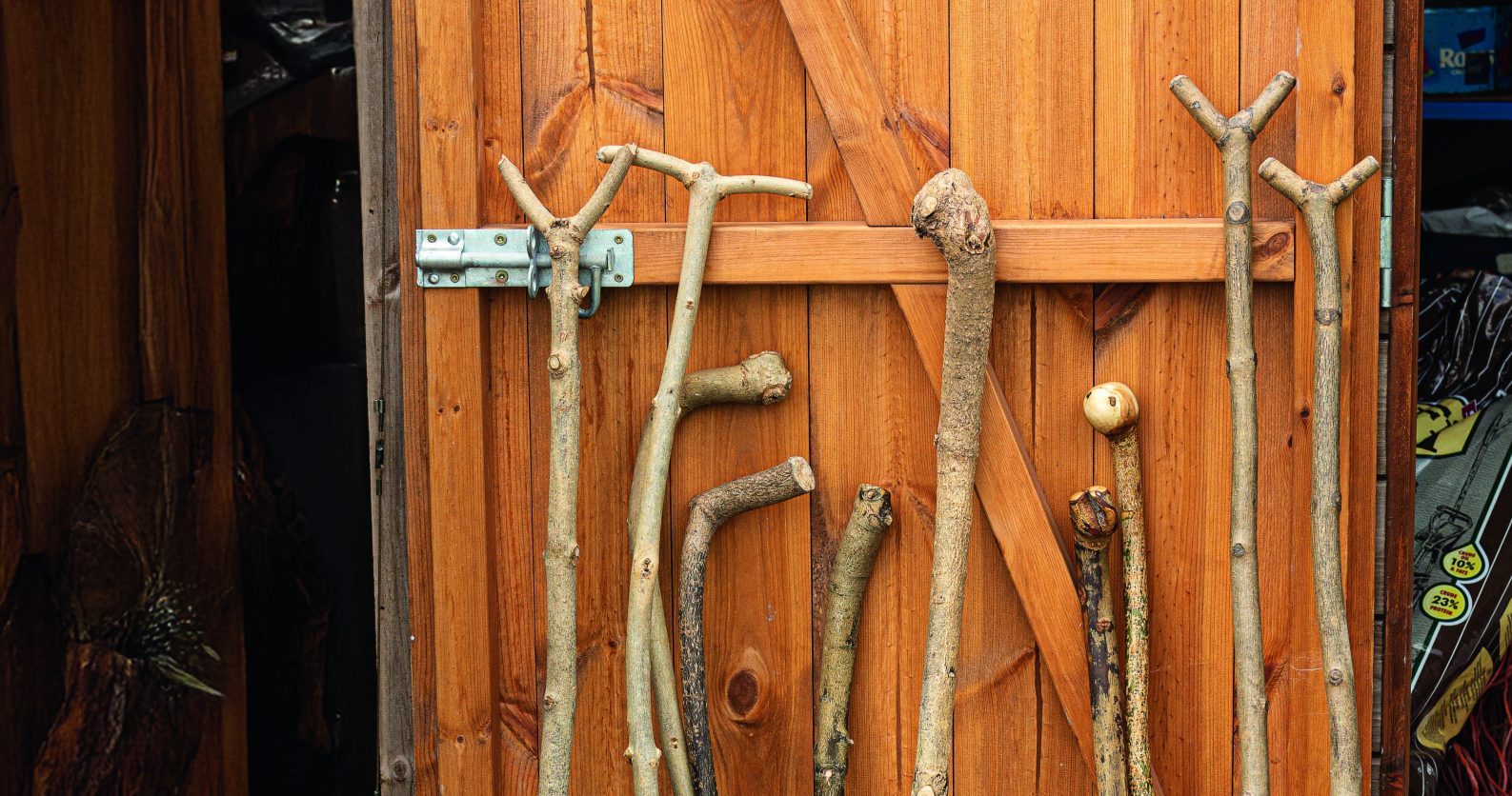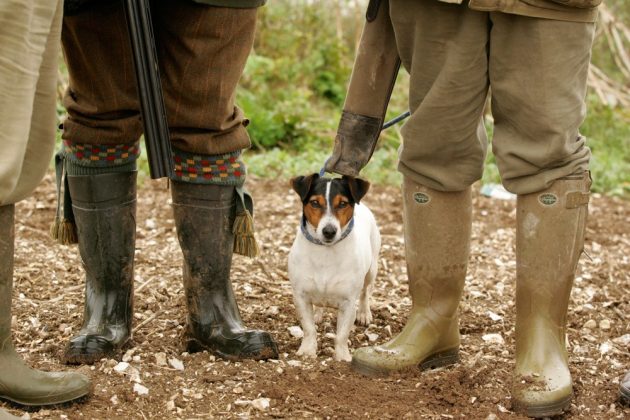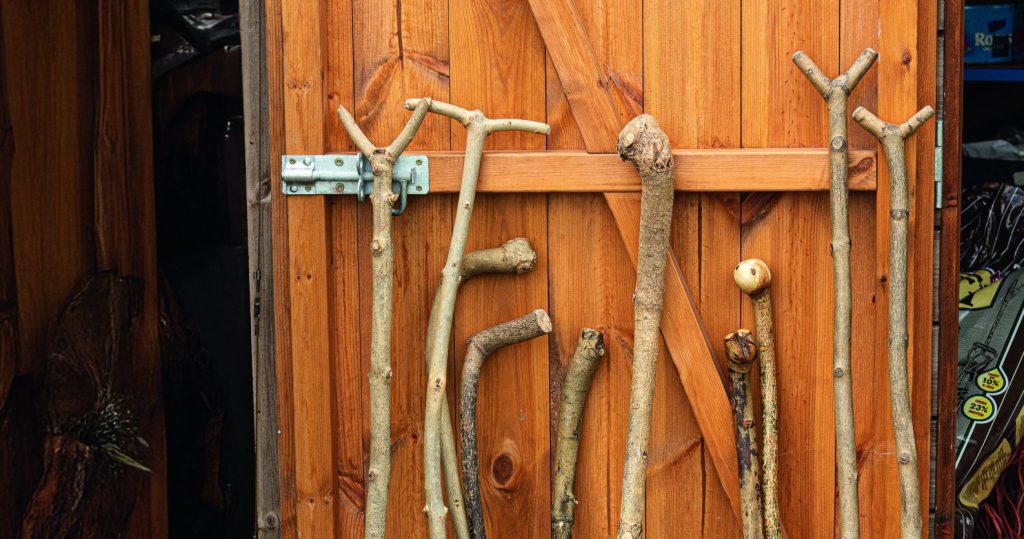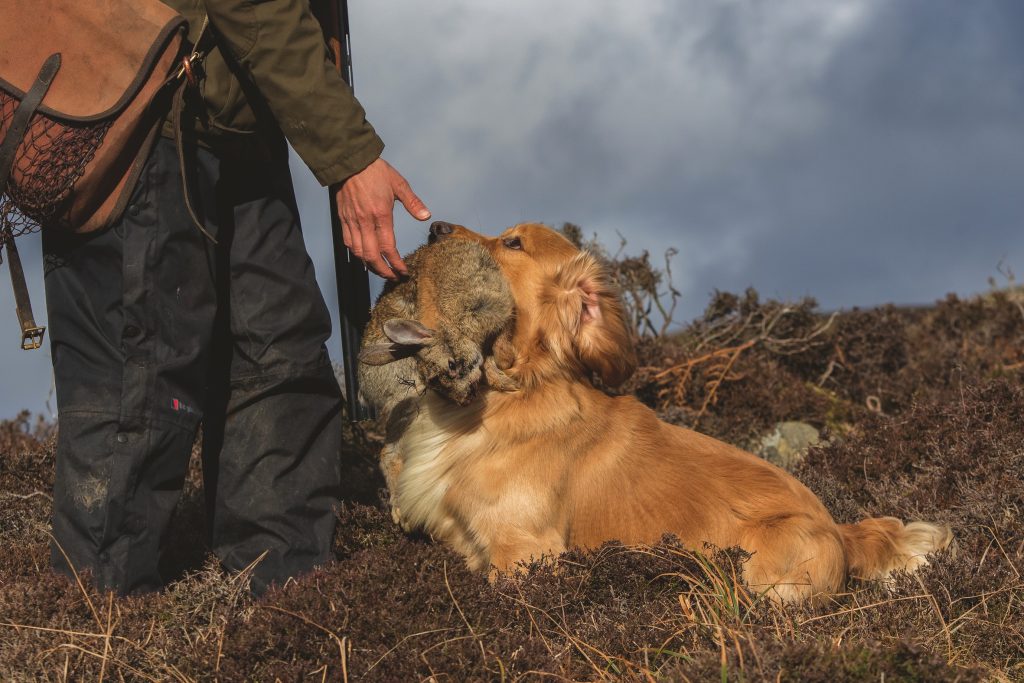Win CENS ProFlex DX5 earplugs worth £1,149 – enter here
Air rifle scope mounts – buying them and mounting them
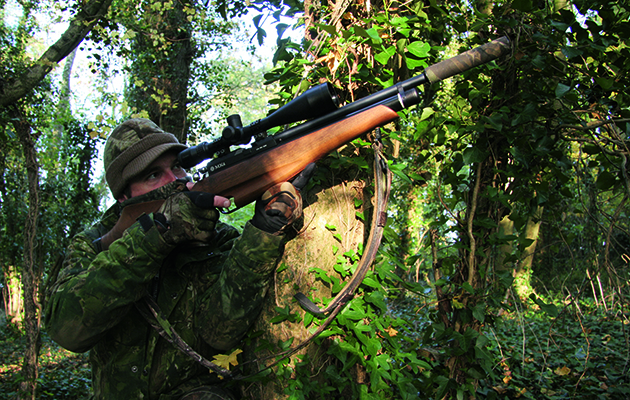 Choosing the right scope mounts and fitting them properly will ensure optimum performance from your airgun and scope in the field
Choosing the right scope mounts and fitting them properly will ensure optimum performance from your airgun and scope in the field
You’ll almost certainly have given a lot of time and thought to the subject of buying an air rifle before parting with your hard-earned cash. You probably spent a good while considering scopes too.
But what about mounts for airgun scopes? Have you considered what you’re putting your scope on? Air rifle scope mounts are very important because they act as a link between your rifle and sighting system. If they’re not right your air rifle won’t be nearly as accurate as you want it to be. (You can read our list of the best air rifle scopes here.)
Scope mounts are often over looked in the decision making process but they shouldn’t be.
Air rifle scope mounts – how to buy the right ones
The key is to always buy the best you can afford. Buy cheap and you won’t save money longterm, you’ll just get frustrated with your air rifle performance.
So which are the brands to look out for? We’d say investigate Sportsmatch and Hawke. Spend whatever money you can to buy a good quality set of mounts that suit your air rifle and telescopic sights.
One piece mounts
If you shoot a recoiling air rifle, your best bet is to opt for a one-piece mount. The additional clamping area provided by this configuration helps to prevent the kick caused by the moving parts of spring-powered and gas-ram air rifles from causing the mounts to creep along the rail, which will result in a loss of zero. Many mounts also have a small pin that can be tapped down into a receiver hole on the scope rail for more anchorage. If your air rifle has an impressive recoil you can even get one-piece mounts with integral rubberised damper elements, which help to absorb recoil and prevent vibration from shifting or damaging the scope.
Two piece scope mounts
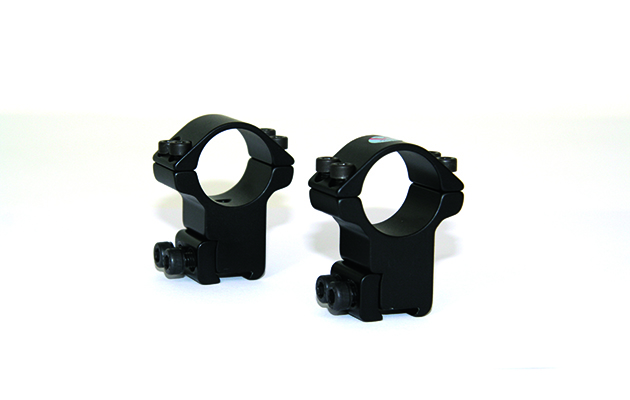
Quality two-piece mounts offer versatile scope attachment if you shoot a PCP
Two-piece mounts are the usual choice of airgun shooters who use recoilless pre-charged pneumatics (PCPs).
They are lighter than a one-piece mount and offer more flexibility of movement, which is handy if you need to set them up to straddle a magazine standing proud of the rail. Numerous “special” mounts are also available, including reach-forward designs to achieve correct positioning with very short rails, and models that include an accessory rail into the top half of the ring, which can be handy if you want to fit a compact lamp above your scope. Of course, your mounts also need to match the rail on your gun and the tube of your scope. Most UK airguns feature dovetail-type rails rather than Weaver or Picatinny rails.
Clamps
The clamps on most mounts will fit 9.5-11.5mm rails — BSA rails tend to be a little wider than the standard, and Sportsmatch produces a mount with an 11-13mm clamp to ensure a good fit and central alignment. Matching the rings of the mounts to your scope tube is straightforward; the tube will be either 1in — often referred to as 25mm — or the larger 30mm.
Choosing mounts that are the correct height is also important, both in terms of achieving good eye alignment with your cheek comfortably positioned on the cheekpiece and for managing the relationship between the line of sight and the barrel. I usually mount my scope relatively low, getting it down as close as possible to the line of bore (providing the arrangement still facilitates a comfortable head position).
Very high mounts exaggerate shift in alignment between the line of sight and the pellet’s flightpath if you cant the gun, which is detrimental to accuracy. That said, you need to have a gap between the objective lens and the cylinder or barrel, and enough clearance to keep the scope tube or saddle clear of the magazine if it’s one that stands proud of the rail.
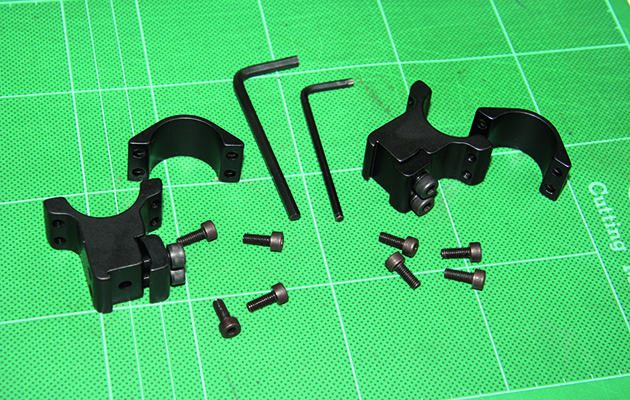
Begin the process by setting up your airgun on a steady rest and have the scope mounts, screws and Allen keys to hand on a flat, tidy work surface
How to mount a scope on an air rifle
Take your time and be as precise as you can. Be careful not to overtighten the screws because you will risk of crushing the scope tube. Double-check alignments after tightening the screws. Once you’ve finished, you’ll be ready to zero it.
Begin by setting up your airgun on a steady rest and have mounts, screws and Allen keys to hand on a flat, tidy work surface
(1). Remove the top sections from the scope rings and place the bases on to the rails (2), ensuring that they are properly seated before tightening them down. When it comes to spacing, I try to allow for 15-20mm between the inside of each mount and the scope saddle, which gives room for adjustment when it comes to fine-tuning eye relief.
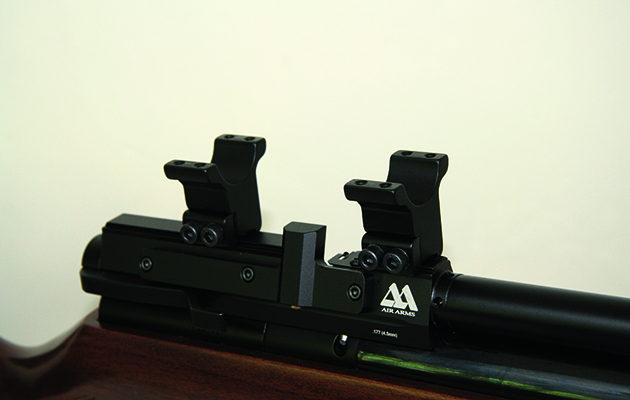
2. Remove the top sections from the scope rings and place the bases on to the rails. Ensure they are properly seated before tightening them down
If you are mounting up to a recoiling air rifle, ensure that the rear mount, or the back of your one-piece mount, is right up against the recoil plate, if one is present.
Some recoiling airguns also have a hole in the scope rail to accept a pin that drops down from the mount to provide an added degree of anchorage. Place the scope into the mounts, with the saddle fairly central (3).
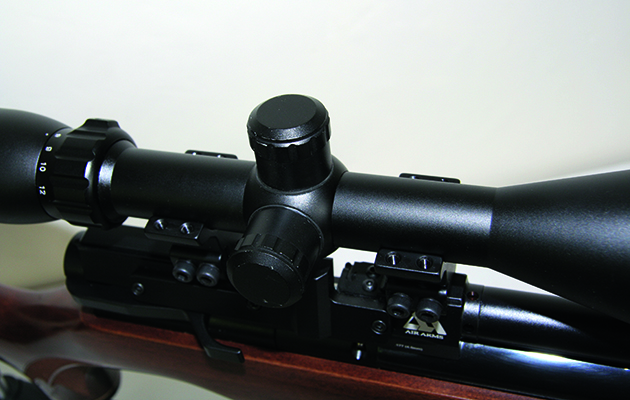
3. Place the scope into the mounts, with the saddle fairly central. Put the top halves of the rings on and insert the screws lightly
Put the top halves of the rings on and insert the screws very lightly. Try to keep the tension even between all the screws, but keep them slack for now because you’ll need some play to get the eye relief and vertical cross-hair set dead right.
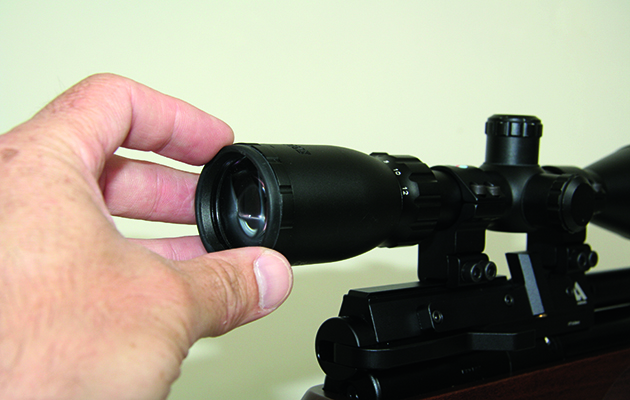
4. For correct eye relief, shoulder the gun as you would to shoot, and slide the scope in the mounts until you see a circular image that fills the sight picture
To achieve correct eye relief, shoulder the gun as you would to shoot, and slide the scope backwards and forwards in the mounts (4) until you see a bright, sharp circular image that fills the sight picture. It may help to ask someone to give you a hand with this, but the important thing is to move the scope rather than your head because you should never have to compromise your gun hold to achieve correct eye relief.
It is important to get the gun and the vertical cross-hair exactly aligned to ensure that the trajectory of the pellet rises and falls in correspondence with the reticule. Some shooters use a plumb line to get it dead right, but you can align the vertical cross-hair with anything you know to be dead vertical — perhaps one wall of a house.
With eye relief and vertical alignment sorted, you are ready to tighten down the top sections of the rings. Take your time with this, gently tensioning screws that are diagonally opposite each other to achieve an even loading rather than clamping right down at one end or on one side, which can cause the scope to twist.
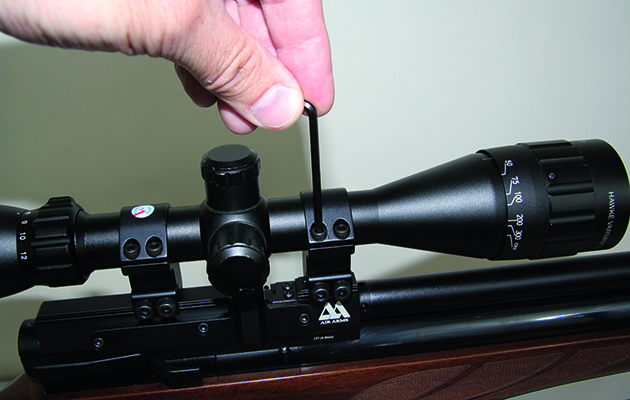
5. Keep working your way around the screws, taking them down a little way at a time – but don’t overtighten them or you could crush the scope tube
Keep working your way around the screws (5), taking them down a little way at a time — don’t overtighten them, or you could crush the scope tube. Holding the short end of the Allen key should prevent you from applying too much pressure — you just need to feel them bite down, there’s no need for any graunching.
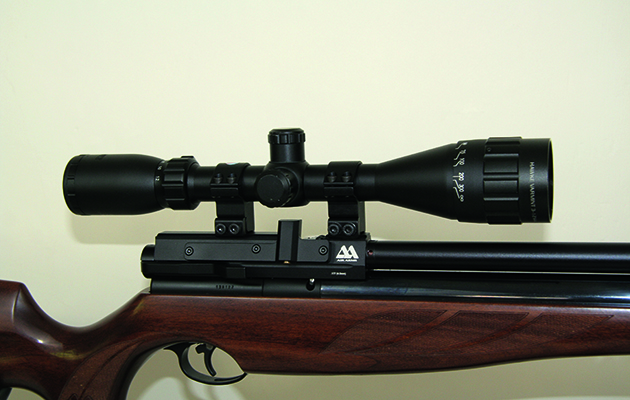
6. Re-check vertical alignment and once you’ve got your scope properly mounted, you’re ready to zero it on the range
Re-check vertical alignment to make sure the scope didn’t twist as you screwed the rings down, which it should not have done, and the job is finished — you’ve got your scope properly mounted. Now you’re ready to zero it on the range (6).
How should I pay for air rifle scopes and mounts?
Q: I have an old Original Mod 35 air rifle and I would like to fit a scope to it. It already has a rail fitted. I am wondering how much air rifle scope and mounts are and what would be best?
A: Any good-quality telescopic sight can be fitted to your rifle, and it is worth spending your money not only good quality air rifle scopes but also, and most importantly, on good air rifle scope mounts.
A quick look at the air rifle scope section on the Optics Warehouse website showed scopes in the range of around £42 to over £2000.
- Your local gunshop will stock a range of mounts. As your rifle is not recoil-less, I would recommend a one-piece mount of a height to suit your chosen scope. You should be able to buy one for about £20.
- As you may be shooting in poor light, you should consider a good-quality variable magnification scope in the 3-9×50 range, which would give you a full field of view and a choice of magnification to suit poor light conditions.
- You should be able to find what you want for £50-60.
Related Articles
Get the latest news delivered direct to your door
Subscribe to Shooting Times & Country
Discover the ultimate companion for field sports enthusiasts with Shooting Times & Country Magazine, the UK’s leading weekly publication that has been at the forefront of shooting culture since 1882. Subscribers gain access to expert tips, comprehensive gear reviews, seasonal advice and a vibrant community of like-minded shooters.
Save on shop price when you subscribe with weekly issues featuring in-depth articles on gundog training, exclusive member offers and access to the digital back issue library. A Shooting Times & Country subscription is more than a magazine, don’t just read about the countryside; immerse yourself in its most authoritative and engaging publication.



